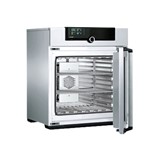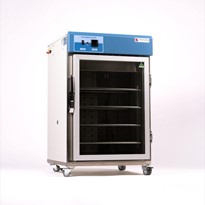The key to their effectiveness? Fan-forced convection technology. This advanced mechanism ensures heat is distributed evenly throughout the chamber, maintaining consistent temperatures and guaranteeing precise results.
Evaluating the Different Models of Drying Ovens
With six distinct models, understanding the differences between each becomes essential for businesses aiming to make an informed choice.
These models vary not only in size but in the specialised functions they serve, from standard drying applications to more niche requirements, such as the drying of macadamia nuts.
By delving into the specifics of each model, businesses can align their operational needs with the capabilities of each drying oven, ensuring a perfect match.
Check out our range of Drying Ovens here.
Exploring Specialised Drying Applications for Various Materials
Drying ovens are not a one-size-fits-all solution. Each material – be it soil, fabric, plastic, or coal – demands a unique approach to moisture removal.
Our specialty ovens for macadamia nuts are equipped with pre-set controllers tailored for "nut-in-shell" and "kernel recovery" evaluations, demonstrating the level of customisation available.
Similarly, the AS1681 drying ovens are designed with safety in mind, featuring continuous minimum ventilation and an inbuilt purge timer to safely remove volatile vapours from materials like bitumen, paint, or varnish.
Navigating the selection process for a laboratory drying oven demands a thorough understanding of your operational needs, a detailed comparison of available models, and an appreciation of the safety and technological advancements incorporated into these devices. By considering these factors and making use of the resources and warranty provided, businesses can confidently choose a drying oven that not only meets but exceeds their expectations.
With the right equipment in hand, laboratories can achieve unparalleled precision and efficiency in their drying applications, paving the way for innovative discoveries and advancements in their respective fields.






















-160x160-state_article-rel-cat.png)













